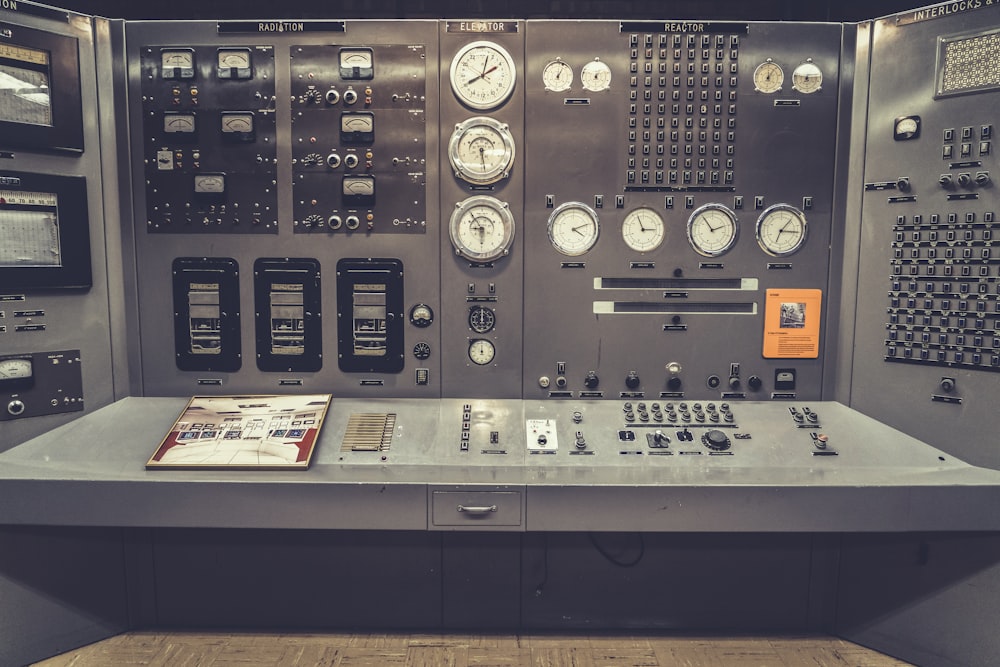
Nuclear power is back in favor, the price of uranium has more than tripled from its 2020 lows, and the technology’s future looks even brighter than its recent past.But there’s more. A new reactor design, the “small modular reactor” (SMR), is set to turbocharge the industry. Where traditional nuclear plants are huge, expensive, and plagued by massive environmental red tape, SMRs are smaller, cheaper, portable, and configurable. They can be built in a factory, transported to a site, and linked with other SMRs to produce exactly the right amount of power at an upfront cost that’s a fraction of a conventional plant.Proponents of SMRs envision a world where factories, neighborhoods, office buildings, and pretty much anything else can be powered by these reactors. Uranium investors, meanwhile, are entranced by what this new source of demand might do for the metal’s price.Pilot plants based on new designs are being constructed around the world, so the revolution is about to begin.
Except that this just happened
First US Small Nuke Project Canceled After Costs Surge 53%
(Bloomberg) – NuScale Power Corp., the first company with US approval for a small nuclear reactor design, is canceling plans to build a power plant for a Utah provider as costs surge. The move is a major setback to the burgeoning technology that has been heralded as the next era for atomic energy.
The company and Utah Associated Municipal Power Systems agreed to cancel the Carbon Free Power Project, according to a statement Wednesday. NuScale shares slumped as much as 42%, the biggest intraday decline since the Portland, Oregon-based firm went public through a 2022 merger with a blank-check company.
The decision to terminate the project underscores the hurdles the industry faces to place the first so-called small modular reactor into commercial service in the country. NuScale is part of a wave of companies developing smaller reactors that will be manufactured in factories and assembled on site, a strategy that’s expected to make them faster and cheaper than conventional nuclear plants.Critics have warned that costs for the NuScale project were climbing. The company said in 2021 it would deliver power for $58 a megawatt-hour, but that figure has jumped 53% to $89, according to a from the Institute for Energy Economics and Financial Analysis.
Growing pains or death knell?So where does this leave SMRs? Obviously in a less exciting place than just a few weeks ago. But do problems with a single project featuring one design among many invalidate the concept?From an
NuScale made “several ill-advised design choices in an attempt to control the cost of its reactor” that led to poor safety.
The design lacked leak-tight containment structures and had one control room for 12 reactor units, despite NRC requirements that one control room serve no more than two units.
“From a pragmatic, realistic perspective, NuScale’s design was one of the most likely designs to be commercialized,” [said an industry expert]. “So I think the fact that even it is not succeeding is a real indication of how unlikely and unviable these other designs are.”
Yet Nuclear Regulatory Commission spokesperson Scott Burnell said in an email that the advanced nuclear industry is still seeing a number of robust developments. The commission is in the final stages of considering whether to issue a construction permit for a test version of an advanced reactor from Kairos Power, a California-based developer.
Burnell also noted that X-energy and Dow plan to apply for an SMR design at a Dow facility on the Texas coast, and Holtec International is considering placing its SMR design at sites where it’s decommissioning former nuclear power plants.
An official at the Idaho National Laboratory (INL), a DOE-affiliated facility that was the host site of the NuScale project, pointed to several other SMR projects underway in the U.S., including an Oklo Inc. reactor that the lab is helping to develop. The official said costs are likely to drop once more small reactors are built.
China, by far the most aggressive builder of traditional nuclear plants, announced in July that it had installed the “core module” for its . Here’s a short video on the project:Video Length: 00:02:55And , a leading builder of traditional nuclear plants, is scaling down its existing pressurized light water reactor design to produce an SMR.Video Length: 00:01:15Uranium doesn’t careSMRs turning out to be non-viable seems like bad news for future uranium demand. But the markets don’t seem too worried. Cameco, the biggest western uranium miner, saw its stock price rise while the NuScale failure was making headlines.
Adjust that timeframe
To sum up, NuScale was definitely a setback. But it’s way too soon to draw any conclusions. A lot is happening in this space and if even one of the new designs works, SMRs have a future. It might be wise, however, to adjust the time horizon. This is now looking like a story for 2030 instead of 2025.In the meantime, uranium demand continues to exceed supply, which is all mining stock investors really need to know.More By This Author:

